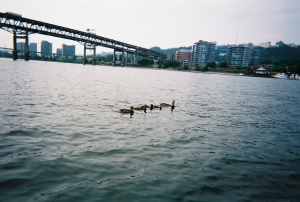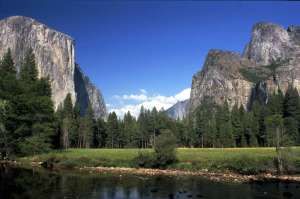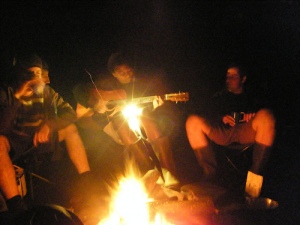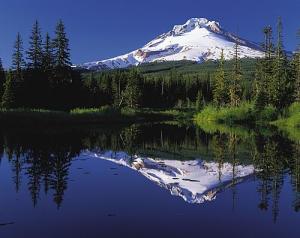GOA is very pleased to announce our Summer 09 expedition schedule. There’s some new stuff, some old faves, and some new stuff added to an old fave.
So take a look, see what strikes you and let us know if you’d like to apply!

Willamette Canoe Expedition
June 15-18
GOA has again partnered with Willamette Riverkeeper to bring you four exciting days of floating, exploration, photography and journaling our way down the historic Willamette. We’ll spend three nights camping along the riverbank, observing the fascinating wildlife and ecosystem of the mighty Willamette. Included is a half-day of pre-trip training, including a swimming and tip test.
$250 $50 deposit
Seeking the Last Wild Buffalo
July 6-10
On this new expedition, we will be exploring Southern Utah’s remote Henry Mountains, home of the last wild herd of buffalo in the world, and with any luck we’ll get a sighting of these magnificent creatures. You will also learn backpacking, primitive camping, and fire-making skills.
Leave and return to Salt Lake City.
$500 $100 deposit
High Cascades Oregon
July 20-24
Join us as we travel through the scenic wilds of Central Oregon, hiking, climbing, and telling the story of what we discover on this adventure. This five-day expedition will start in Portland and loop down through the Three Sisters Wilderness, over to rock- climbing mecca Smith Rock State Park, then up to the Deschutes river canyon, returning to Portland along the Columbia River.
Enrollment is limited to youth in DHS care. If interested, please inquire with Oregon office.
Olympic Coastal Backpack
August 3-8
Hike Washington’s stunning coastline, explore tide pools while eagles soar overhead, and climb rope ladders up into to the pristine Pacific Rainforest. This year we’re adding a two -day backpack over high passes in the nearby Olympic Range, as well as a service project for the National Park Service.
$400 $50 deposit
Two Wheels of Freedom
August 17-21
Join us for a van-supported supported adventure by bicycle in Central Idaho. We’re still putting the details together, but if you like biking and the outdoors, this will be a great expedition for you.
Must bring or rent your own bicycle equipped for on-road travel, or arrange with us early to borrow one. Helmet rules strictly enforced.
$450 $50 deposit
Schedule and availability subject to change without notice. And stuff.






